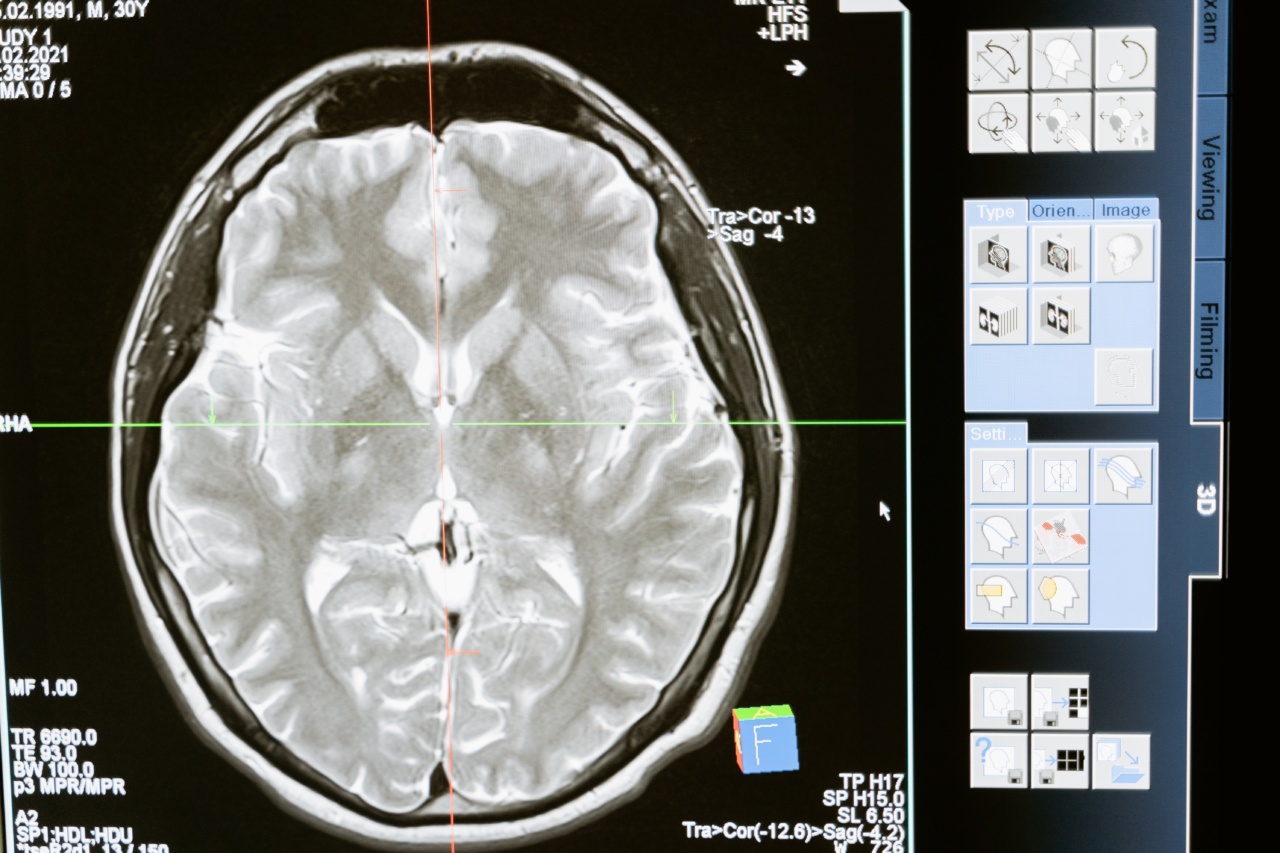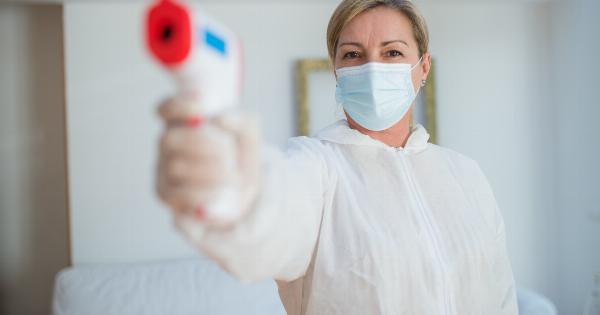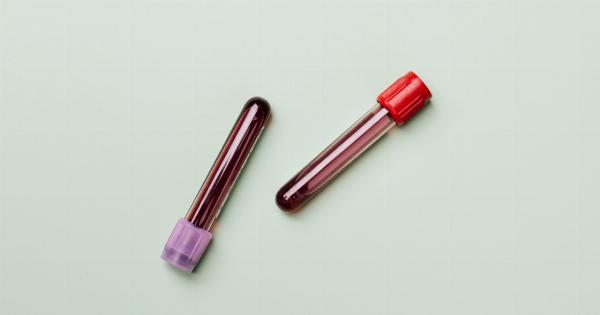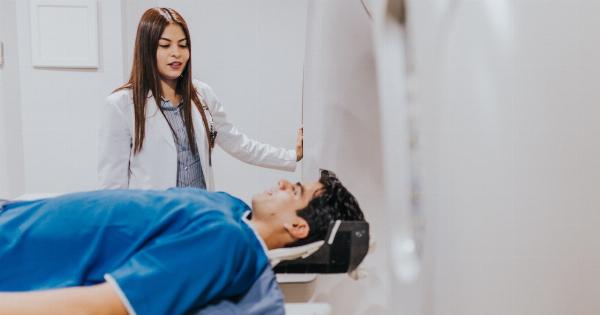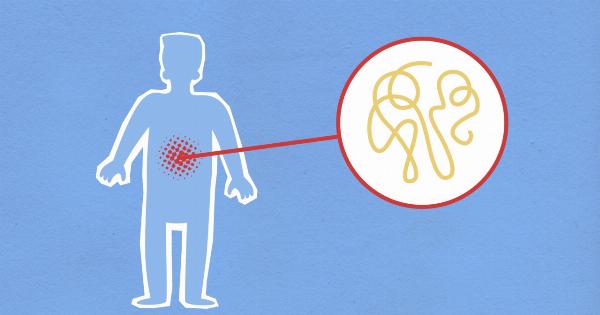Regular medical examinations play a crucial role in preventing, detecting, and diagnosing various health conditions, including cancer. Early detection is vital for successful treatment and improved prognosis in cancer patients.
The probability of diagnosing cancer can be significantly increased with the utilization of specific medical examinations. This article explores ten medical examinations that can enhance the likelihood of cancer diagnosis.
1. Physical Examination
A routine physical examination is often the first step in assessing an individual’s overall health. During this examination, a healthcare professional examines the body to identify any physical abnormalities that may indicate cancer.
They may palpate the lymph nodes, check for skin changes, and evaluate other potential signs of cancer.
2. Blood Tests
Blood tests such as complete blood count (CBC) and serum chemistry panels help detect various abnormalities, including abnormalities that may be indicative of cancer.
Elevated levels of tumor markers or other abnormal blood cell counts can raise suspicion and prompt further investigation.
3. Imaging Techniques
Imaging techniques such as X-rays, CT scans, MRI scans, ultrasound, and PET scans provide detailed images of the body’s internal structures, aiding in the detection of cancerous growths or abnormal masses.
These tests enable healthcare professionals to identify the location and extent of suspected tumors or metastases.
4. Biopsy
A biopsy involves the removal of a small sample of tissue from a suspicious area for microscopic examination. This examination allows pathologists to confirm the presence of cancer cells and determine the type and stage of cancer.
Biopsies can be conducted through various methods, including needle biopsies, endoscopic biopsies, and surgical biopsies.
5. Pap Smear
A Pap smear or a Pap test is a screening tool primarily used for cervical cancer detection. The test involves collecting cells from the cervix and examining them for changes or abnormalities.
Regular Pap smears have greatly contributed to the early detection and reduction of cervical cancer cases.
6. Mammogram
Mammography is a specialized X-ray technique designed to detect breast cancer in its early stages. It involves compressing the breast between two plates to obtain high-resolution images.
Regular mammograms are crucial for women over the age of 40, as they significantly increase the probability of identifying breast cancer at an early and treatable stage.
7. Colonoscopy
Colonoscopy is a procedure that allows the examination of the large intestine (colon) and rectum to detect abnormalities, such as polyps or signs of colorectal cancer.
During the procedure, a flexible tube with a camera is inserted into the rectum, allowing the physician to visualize the colon and possibly remove any abnormal growths.
8. Prostate-Specific Antigen (PSA) Test
The PSA test measures the level of prostate-specific antigen in the blood. Elevated levels of PSA can indicate the presence of prostate cancer.
Although the PSA test is not specific to cancer, it serves as an essential screening tool and contributes to the early detection of prostate cancer.
9. Genetic Testing
Genetic testing can identify specific gene mutations associated with an increased risk of developing certain types of cancer, such as breast or ovarian cancer.
Identifying these genetic mutations helps individuals and healthcare professionals make informed decisions regarding preventive measures and screenings.
10. Endoscopy
Endoscopy is a procedure that allows the examination of the digestive tract, respiratory system, or other organs using a flexible tube with a camera.
It enables the direct visualization of suspicious areas, facilitating the detection of cancerous or precancerous lesions and assisting in targeted biopsies.
